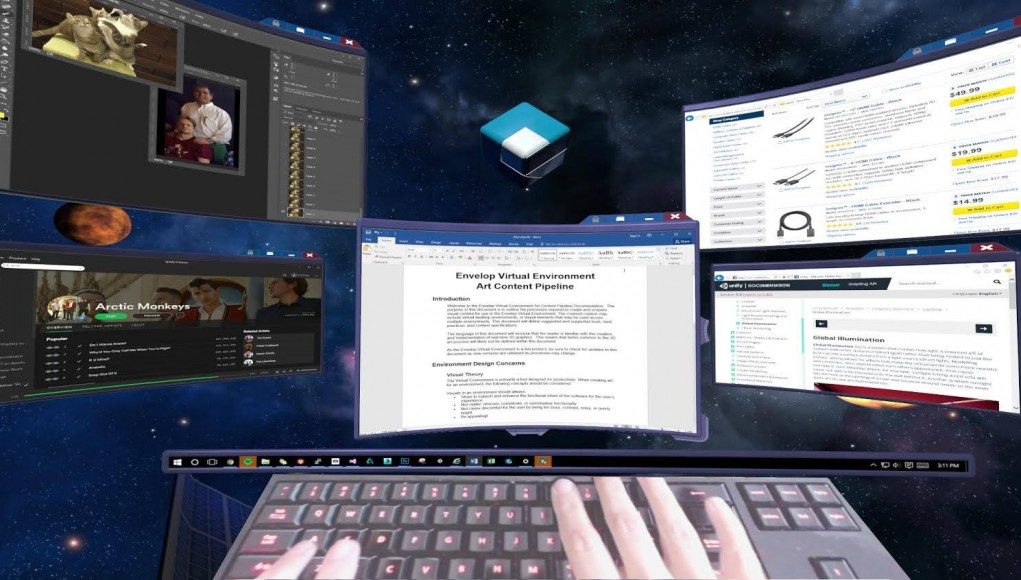

the desktop images that can be delivered to endpoints and can be used from any device from any location. This article refers to the former kind of virtual desktop, i.e.
Virtual vr desktop on linux windows#
You can create virtual desktops from the Task View pane, and manage the virtual desktop view, move applications to different desktops, close pages on selected virtual desktops or show the windows on all the desktops.
Virtual vr desktop on linux windows 10#
It is a feature offered by Windows 10 and Windows 11 that allows you to add unlimited virtual desktops quickly and easily. The alternative definition of virtual desktop relates to Microsoft Windows. The endpoint devices can be laptops, tablets, or smartphones that can be used by users to access virtual desktops. In a general sense, a virtual desktop is a preconfigured image of operating systems and applications which is separated from the end device that is used to access it. If not properly implemented, the connection broker can become a single point of failure or a significant performance bottleneck. Furthermore, a connection broker is needed to match in the user sessions two virtual machines. In a VDI environment, administrators must manage extensive collections of virtual machines. VDI environments tend to be much more complicated than remote desktop environments. Virtual Desktop InfrastructureĪ virtual desktop infrastructure (commonly referred to as VDI) makes use of extensive collections of virtual machines running on top of hypervisors. Of course, doing so does have an impact on cost and complexity.

Some applications still won’t run properly on a terminal server, but it is possible to use an application virtualization solution as a workaround to the problem. Over the years, most of these compatibility problems have gone away. In the past, many applications would not run in a terminal server environment. Historically, the most significant disadvantage of using remote desktops has been application compatibility. Remote desktop environments tend to have fewer infrastructure requirements than virtual desktop environments, which translates directly into lower implementation costs. The primary advantage of using remote desktops is simplicity. The user’s applications run directly on the terminal server rather than running in a virtual desktop environment. In a terminal server environment, users establish a connection to one or more centralized terminal servers. Remote desktops are part of Microsoft terminal servers. Each approach has its unique advantages and disadvantages. One of the big questions that administrators will have to address when designing a private cloud is whether to use remote desktops or virtual desktops.


 0 kommentar(er)
0 kommentar(er)
